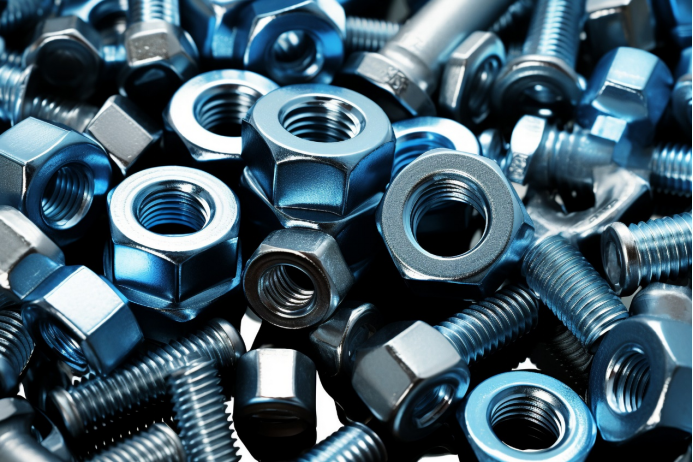

ss nut
Oct . 10, 2024 15:05 Back to list
ss nut
Exploring the Significance of SS Nut in Modern Engineering
In the realm of modern engineering, the significance of small, seemingly simple components cannot be overstated. One such component that has gained attention is the SS nut, or stainless steel nut. Commonly used in various applications ranging from automotive to construction, the SS nut plays a crucial role in ensuring the integrity and durability of machinery and structures.
What is an SS Nut?
An SS nut is a fastening component made from stainless steel. Stainless steel is an alloy known for its corrosion resistance, durability, and strength. These characteristics make SS nuts ideal for use in environments where exposure to moisture, chemicals, or varying temperatures is common. Unlike traditional steel fasteners that can rust and weaken over time, SS nuts maintain their integrity and functionality, prolonging the lifespan of the assemblies they secure.
The Essential Role of SS Nuts in Engineering
The use of SS nuts is widespread across various industries. In the automotive sector, they are integral to the assembly of vehicles, securing important components such as engines, suspensions, and body structures. Given that vehicles are constantly exposed to the elements, the employment of SS nuts ensures that these connections remain secure, thereby enhancing safety and performance.
In the construction industry, SS nuts are frequently utilized in the assembly of frameworks, bridges, and other infrastructure. The increased strength-to-weight ratio of stainless steel makes these nuts preferable for heavy-duty applications. They can withstand the immense forces and stress experienced by structural elements, ensuring that buildings and bridges maintain their integrity over time.
Advantages of Using SS Nuts
ss nut

One of the primary advantages of SS nuts is their resistance to corrosion. This property is particularly important in coastal regions or industrial settings where exposure to harsh chemicals is prevalent. The ability of stainless steel to resist rusting and degradation ensures that structures and machinery remain functional and safe for extended periods.
Moreover, SS nuts are available in various grades, allowing engineers to select the most appropriate one for their specific application. For instance, A2 stainless steel is commonly used for general-purpose applications, while A4 stainless steel is preferred for marine environments due to its enhanced corrosion resistance.
Another advantage is the ease of maintenance associated with SS nuts. Unlike traditional nuts that may require frequent inspection and replacement, stainless steel nuts typically require minimal maintenance. This not only reduces labor costs but also minimizes downtime, making them a cost-effective solution in the long run.
Challenges and Considerations
Despite their numerous advantages, the use of SS nuts is not without challenges. One potential issue is galling, a form of wear that occurs when two stainless steel surfaces rub against each other under pressure. Engineers must be mindful of this phenomenon when selecting and installing SS nuts, as it can lead to failures in the fastening system.
Additionally, while stainless steel is highly durable, it is not infallible. High-stress applications can still lead to fatigue and failure over time. Therefore, careful engineering calculations and designs must be implemented to ensure that SS nuts are used within their specified limits.
Conclusion
In conclusion, SS nuts are a vital component in modern engineering that contribute significantly to the safety and longevity of structures and machinery. Their corrosion resistance, strength, and versatility make them suitable for a broad range of applications, from automotive to construction. As engineers continue to innovate and improve designs, the role of SS nuts is expected to remain critical in achieving reliable and durable results. Emphasizing the importance of apparently small components like SS nuts highlights the intricate nature of engineering, where every part, no matter how small, plays a defining role in overall performance and safety.
Latest news
-
Premium Fasteners Manufacturer | AI-Driven Solutions
NewsAug.01,2025
-
Hot Dip Galvanized Bolts - Hebei Longze | High Strength, Corrosion Resistance
NewsAug.01,2025
-
High-Strength Hot Dip Galvanized Bolts - LongZe | Corrosion Resistance, Custom Sizes
NewsAug.01,2025
-
Best Self Tapping Screws for Drywall - Fast & Secure Installation
NewsJul.31,2025
-
High-Strength Hot Dip Galvanized Bolts-Hebei Longze|Corrosion Resistance&Customization
NewsJul.31,2025
-
Hot Dip Galvanized Bolts-Hebei Longze Metal Products|Corrosion Resistance&High Strength
NewsJul.31,2025

